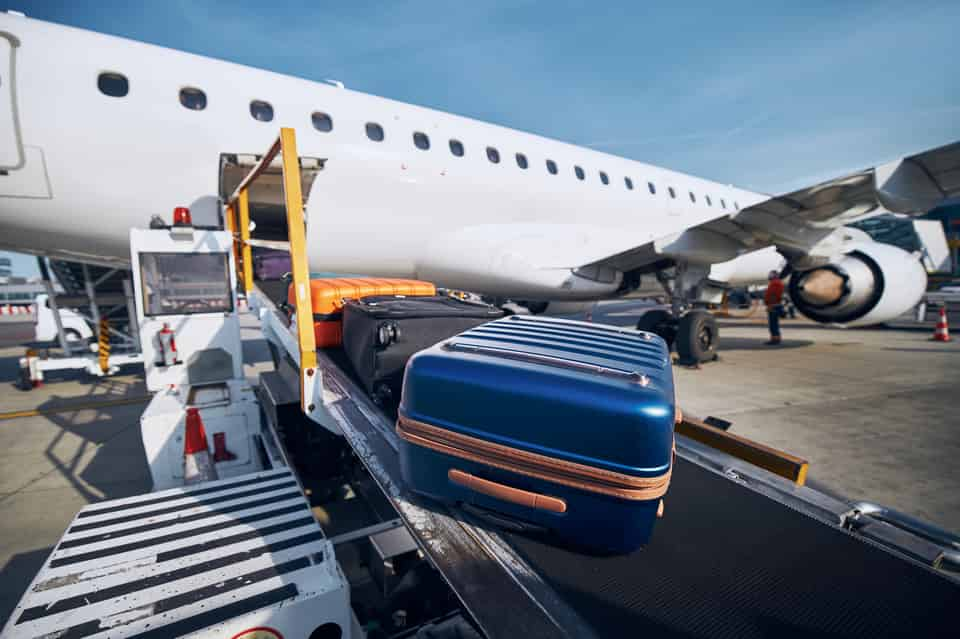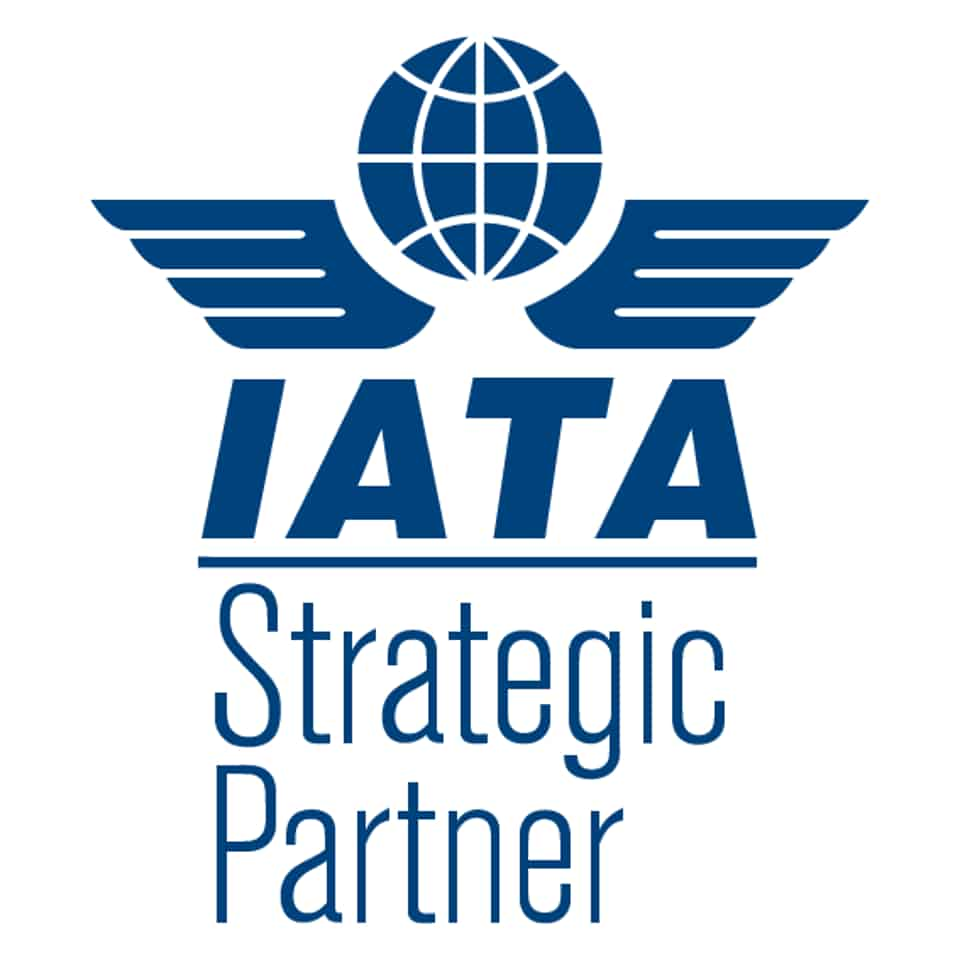IATA resolution 753 tracking
The resolution aims to minimize instances of mishandled baggage, enhance passenger contentment, decrease baggage-related fraud, facilitate the identification of anomalies, expedite the reconciliation process, gauge adherence to service level agreements, and furnish supporting data for an automated proration procedure.
The reason for resolution 753
The International Air Transport Association (IATA) has introduced a new baggage tracking resolution: Resolution 753. This resolution mandates all members to implement its requirements by June 2018. Its primary objective is to mitigate and minimize baggage mishandling, enhance passenger satisfaction, reduce instances of baggage fraud, facilitate exception detection, expedite reconciliation processes, measure compliance with Service Level Agreements (SLAs), and provide evidence for an automated proration process. Resolution 753 makes it obligatory to track baggage at specific stages: upon acquisition from the passenger, delivery to the aircraft, during custody transfers between carriers, and upon final delivery to the passenger.

Comprehensive baggage tracking
Lyngsoe Systems, an IATA strategic partner, possesses the expertise required to assist airlines and airports in complying with this innovative resolution. The RFID Baggage Handling and Tracking Solution developed by Lyngsoe Systems empowers IATA members to capture baggage tracking data at all the specified tracking points within the resolution.
Cost-efficent compliance
Lyngsoe Systems believes that adopting RFID Baggage Handling and Tracking is the most economical means of achieving compliance with IATA Resolution 753. This approach involves scanning at each of the four designated tracking points, utilizing cost-effective scanning equipment, reducing manpower requirements, and minimizing operational expenses.
Baggage Acquisition from passengers
The initial obligatory tracking point outlined in Resolution 753 involves tracing the acquisition of baggage from passengers. This process is streamlined and automated with the RFID Baggage Handling and Tracking Solution. At self-service bag drop points, the BagDrop Reader automatically scans and generates evidence of baggage acquisition from the passenger to the carrier.



Baggage delivery to aircraft
The Belt Loader Reader seamlessly registers baggage as it enters and exits the aircraft, providing data that confirms the delivery of baggage to the airplane and evidence of custody change. This data, collected during the loading process, also serves as evidence for the baggage inventory upon flight departure. The scanning procedure can be fully automated, eliminating the need for manual intervention.
Custody transfer between carriers
Given the custody change that occurs at transfer hubs, it is imperative to conduct baggage scanning during transfers. The Lyngsoe LIVE Logistics™ Sortation Reader or the Lyngsoe LIVE Logistics™ Pier and Claim Reader, integrated with the Baggage Handling System (BHS) and Baggage Reconciliation System (BRS), accurately record custody changes within the baggage handling system during transfers.
Baggage delivery to passengers
A frequently overlooked scanning point in the current baggage tracking process is the scanning of bags upon arrival. Using barcode scanners for automated arrival scanning can be challenging, as the handling process may crumple barcode baggage tags, resulting in low read rates. This issue is non-existent with RFID technology, which does not require a direct line of sight and can read even crumpled or concealed baggage labels. Upon arrival at the final destination, the Pier and Claim Reader, located just before the claim carousel, automatically provide the last requisite tracking point: the handover to the passenger, thereby concluding the baggage journey.
Initiating baggage handling process improvement
Selecting the appropriate tracking technology is crucial for acquiring the necessary data to fulfill the requirements of Resolution 753. Once the suitable data capture platform is established, the subsequent step involves data sharing between carriers. IATA Resolution 753 signifies only the initial stride toward enhancing the baggage handling process. With the tracking platform in place, airlines can harness a plethora of supplementary advantages, including heightened capacity and improved passenger services.

Optimize your baggage handling
Get in touch!
Explore Airports & Airlines
FAQ
What is Resolution 753 and why was it implemented?
IATA Resolution 753 requires airlines to track baggage at four mandatory points and share the tracking data with their partners. The resolution aims to minimize mishandled baggage incidents, enhance passenger satisfaction, reduce baggage fraud, and improve overall baggage management efficiency.
How does Resolution 753 benefit passengers?
Resolution 753 ensures better tracking of luggage, leading to fewer instances of lost or mishandled bags and providing passengers with more accurate information about their baggage status.
How does Lyngsoe Systems support airlines in complying with Resolution 753?
Lyngsoe Systems offers RFID baggage handling and tracking solutions that enable real-time tracking, ensuring compliance with Resolution 753 and improving baggage handling operations.